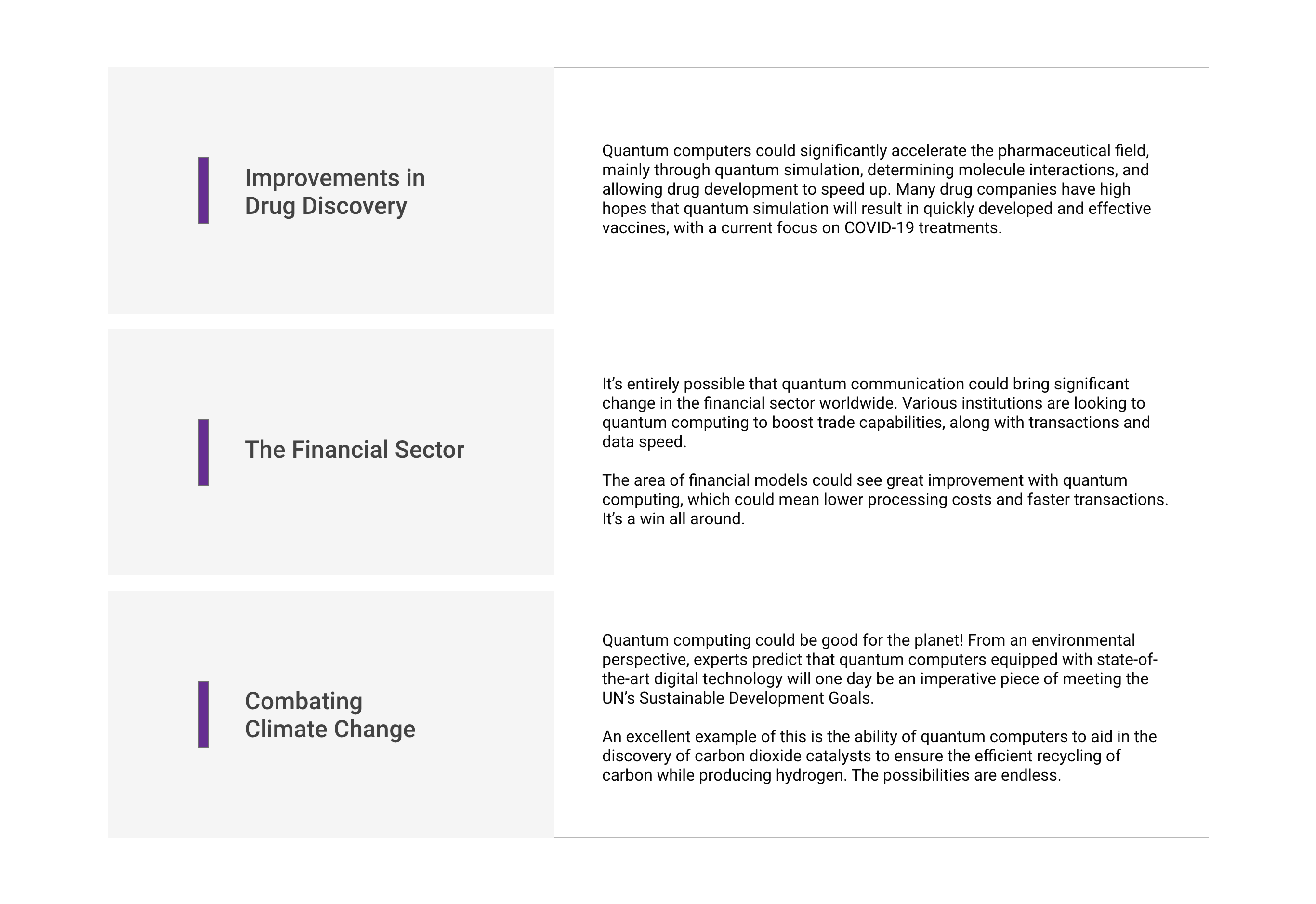Software Delivery with DevSecOps
Few things are more important to software delivery with DevSecOps than finding the balance between security processes and speed. When security measures are shifted to better catch problems early in the development process, the process moves along faster, and application speed becomes more efficient.
Companies are slowing down the development of their applications due to intricate security measures implemented at the wrong time. While this is expected on a certain level, it’s challenging to find the balance. In the world of development and security operations, it’s a constant tug of war regarding which aspect of the application should trump another.
For most businesses, risk management and security measures for their data and sensitive customer information always come first, but what can they do when security is drastically slowing down the performance of their systems, thwarting new customers, and frustrating existing ones? Making a choice here is challenging, primarily because you know the right one.
It’s crucial to know how other businesses implement their security processes when you’re trying to correctly employ security features into your development operations (DevOps). Knowing the standard approaches for DevSecOps can help you decide the path you’d like to take on the subject and assist you in figuring out what will work best for your business.
The Components of DevSecOps
DevSecOps has quite a few components that should be identified when learning how to balance security and speed. Areas such as design and people management are just as important as quick application response time and state-of-the-art security measures.
No single approach will work across the board when it comes to DevSecOps and automated security testing. Every company has different goals and application requirements, and it’s best to determine what you need before you begin hashing out a thorough development plan. A solid understanding of your organization and your goals as a business will encourage you to move forward.
Of course, DevSecOps and the delicate balance between speed and functionality don’t come without challenges. To address those difficulties head-on, you should know the problems that your own company faces, both current and projected.
Shifting security means doing more security upfront as the development lifecycle of your software unfolds. One of the main points behind software delivery DevSecOps is to acquire assurance without friction while utilizing more automation.
Know Your Level of Risk Management
When discussing software delivery with DevSecOps, experts and industry enthusiasts will always address the topic of risk management. Businesses must realize that risks look different for every organization, and you have got to have some idea regarding the level of security risk your company faces each day.

For organizations that are just beginning their journey to balance security and speed through the proper implementation of DevSecOps, you’ll likely notice there is a tad more wiggle room when it comes to the tolerance presented for security risks. As your business grows and your development and security operations become more concrete and evolved, risk tolerance goes way down.
Not only do you have less room for risk as your software implementation develops, but you’ll also catch possible risks earlier on in the development process. In the gating process, also known as the beginning of DevSecOps employment, you’ll gauge your risk tolerance level and aim to lower it.
In general, most companies face risks that are unbeknownst to them. Unfortunately, it’s one factor that comes into play when running a company. Begin by setting achievable goals and fully understanding that you’re absolutely going to discover new risks along the way.
It will all be worth it in the end. Not only will you increase the speed of your applications, but you’ll put security measures in place that you would have never otherwise known you needed.
The DevOps Tools Needed for Development Operations
A few tools are needed to support development and operations so that weaving security into the mix is possible. Continuous integration (CI) and continuous deployment (CD) are necessary to integrate application and data structure changes as they come and to deploy all changes to the testing and production teams.
CI/CD are the components of DevOps that work undeniably well together, and they’re needed to avoid integration challenges in development and production. Before you dig into the nitty-gritty of DevSecOps, you must have the correct tools in place within your DevOps program.
Understanding DevSecOps
Now you know the fundamental aspects that make up DevOps and DevSecOps, but do you fully grasp the difference between the two? What exactly is DevSecOps, and how can you make it work for your company?
DevSecOps (or Development Security Operations) is the process of integrating security into the DevOps cycle. It’s all about making security easier for development teams. If you can figure out how to make things easier for them, you can be confident that security and development will become (somewhat) flawlessly intertwined.
A good company-wide understanding of security and software delivery with DevSecOps is indeed necessary to succeed in DevSecOps overall, but you’ve got to decide what that means to you. DevSecOps means a few things for most businesses, including building a security culture, shifting security, automating testing and assurance through digital modernization, and governance of the operation to establish what works.
While all of these aspects are incredibly important, we’re going to discuss shifting the security balance left to gain better application speed while maintaining safety levels. Let’s get into it.
Shifting Security Left
Hearing the phrase “shift security left” can be highly confusing for many development teams and business owners, but it doesn’t have to be. Shifting testing to the left means that you have to do more testing early in the development process to avoid running into issues later on. A shift in security can save money while moving along with application development.
Shifting security left doesn’t apply only to testing but focuses on security requirements as well. If you’re going to move your security to catch problems in the beginning phases of development, then you’ve got to change security all around.
When it comes to testing, DevSecOps teams should focus on the following:

Soft gates are what you’ll want to utilize at the beginning of the development process when risks can be assessed and mitigated. At the same time, the team moves forward with their primary focus, which is (obviously) software and application development.
Hard gates come later down the line, where you’re less likely to survive significant security risks, and if discovered, production should halt until it’s rectified. As a tech leader, you’ll set the criteria for your soft gates and hard gates, determining where the team should move forward and where they have to stop due to the risk level.
Set the risk levels to where they’re acceptable for your business, and go from there. The idea behind evaluating and implementing risk levels is to increase development and speed regarding development. Shift security left, and automating the process as much as possible, will allow you to make decisions in real-time.
Transform Your Security Culture
One of the most critical parts of establishing a security-first attitude and increasing development speed is to focus on the people. You have to build a security culture within your business by nurturing security skills and knowledge and eradicating a lack of understanding.
When security is emphasized at every production level, it becomes difficult to ignore the potential security issues that pop up because that’s where the team remains focused. Security is definitely a niche all on its own, and it can be challenging for people to grasp every intricate detail.
The only way to truly combat a lack of knowledge is to develop a training program that touches on every aspect you need to cover to catch your team up to date. Hands-on training is the best way to teach security within development teams. You should know your team quite well, which will put you way ahead of the game regarding how to help them learn.
Security scalability focuses on spreading the knowledge of a handful of people to various teams within a company. You can scale security knowledge to your development teams by using outside tools (such as learning applications) and developing incentives for skills gained.
It seems silly from a professional perspective, but giving your team a goal to work toward, even if it’s a teaching program, can raise morale and stress the importance of grasping the importance of security throughout the development process.
Security and then Speed
If you’re unsure where you stand regarding security and speed, you’ll want to restructure your IT strategy to put security first. Gone are the days when placing security before development slows down the process significantly, especially if you shift your security and focus on it at all times.

By harboring a “security-first” workplace culture, you’ll find that employees from every team will catch issues and flag them as the process moves along at an acceptable, agile pace. Also, you won’t have to halt production before your application launches, which most business owners can agree is ideal.



















Recent Comments